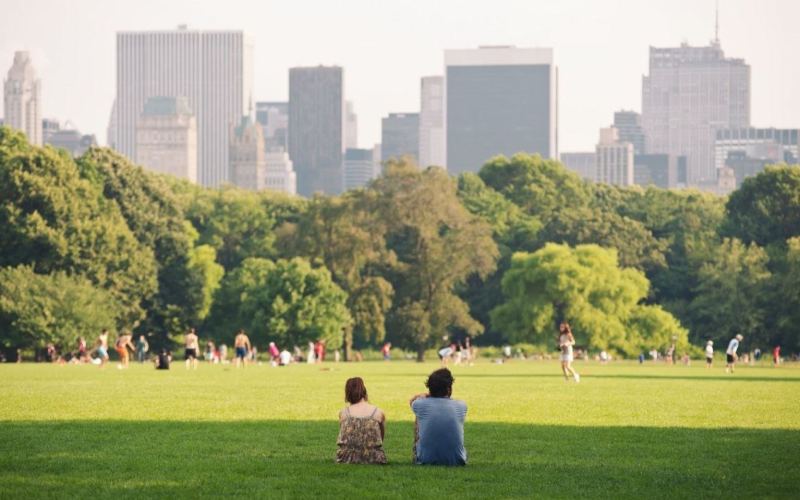In today’s fast-paced urban environments, stress and anxiety have become common issues affecting mental health. However, research has consistently shown that parks and green spaces play a crucial role in reducing stress levels and promoting overall well-being. But how exactly do they achieve this?
1. Exposure to Nature Lowers Cortisol Levels
Cortisol, commonly known as the stress hormone, is released in response to anxiety and tension. Studies indicate that spending time in green spaces significantly lowers cortisol levels. The natural environment has a calming effect on the nervous system, helping to regulate emotions and reduce physiological stress responses.
Scientific Evidence:
- A study published in “Environmental Health and Preventive Medicine” found that individuals who walked in a forest for 20 minutes had lower cortisol levels than those who walked in urban environments.
- Research in “Frontiers in Psychology” showed that even looking at images of nature can lead to a noticeable reduction in stress.
2. Green Spaces Enhance Mental Restoration
Nature provides a mental break from the constant stimuli of urban life. According to the Attention Restoration Theory (ART), natural settings allow the brain to recover from cognitive fatigue, improving focus and reducing mental exhaustion.
How It Works:
- Natural landscapes encourage effortless attention (soft fascination), which allows the mind to relax.
- Unlike urban areas filled with noise, traffic, and artificial lights, green spaces create a sense of peace and balance.
3. Physical Activity in Green Spaces Reduces Stress

Engaging in physical activities like walking, jogging, or yoga in parks is an effective way to reduce stress. Exercise releases endorphins, also known as “feel-good” hormones, which help in alleviating anxiety and depression.
Benefits of Outdoor Exercise:
- Improves mood and reduces symptoms of anxiety.
- Enhances cardiovascular health, leading to better stress management.
- Encourages social interactions, which contribute to emotional well-being.
A study by the American Psychological Association (APA) found that individuals who exercised in green environments experienced greater reductions in stress and anxiety compared to those who exercised indoors.
4. Increased Oxygen and Better Air Quality
Urban pollution can negatively affect mental and physical health. Parks and trees act as natural air filters, absorbing carbon dioxide and releasing oxygen, which enhances brain function and promotes relaxation.
Key Impacts:
- Fresh air improves oxygen flow to the brain, reducing symptoms of stress.
- Exposure to sunlight in green spaces boosts vitamin D levels, which is linked to improved mood and reduced anxiety.
5. Social Interaction and Community Connection
Green spaces encourage community engagement and provide a space for social interactions, which play a vital role in reducing loneliness and stress. Studies suggest that people who frequently visit parks and engage in community activities report higher levels of happiness and lower anxiety.
Examples of Community Benefits:
- Group activities like gardening, meditation sessions, or outdoor fitness classes foster a sense of belonging.
- Parks create opportunities for intergenerational bonding, strengthening social connections.
6. The Psychological Effect of Biophilia
The Biophilia Hypothesis, introduced by Edward O. Wilson, suggests that humans have an innate connection with nature. Being in natural environments satisfies this deep-rooted need, leading to emotional stability and stress reduction.
Key Findings:
- Exposure to greenery stimulates the parasympathetic nervous system, which promotes relaxation.
- Nature therapy (forest bathing or “Shinrin-yoku” in Japan) has been proven to reduce heart rate and blood pressure, directly lowering stress levels.
Conclusion
Parks and green spaces are more than just aesthetic additions to urban landscapes—they are essential for mental and emotional well-being. By lowering cortisol levels, promoting physical activity, enhancing social interactions, and fulfilling our psychological need for nature, they serve as natural stress relievers in our daily lives.
To fully benefit from these effects, individuals should make it a habit to spend time in green spaces regularly. Whether it’s a short walk in the park, engaging in outdoor exercise, or simply sitting in a quiet natural setting, the impact on mental health is undeniable.


